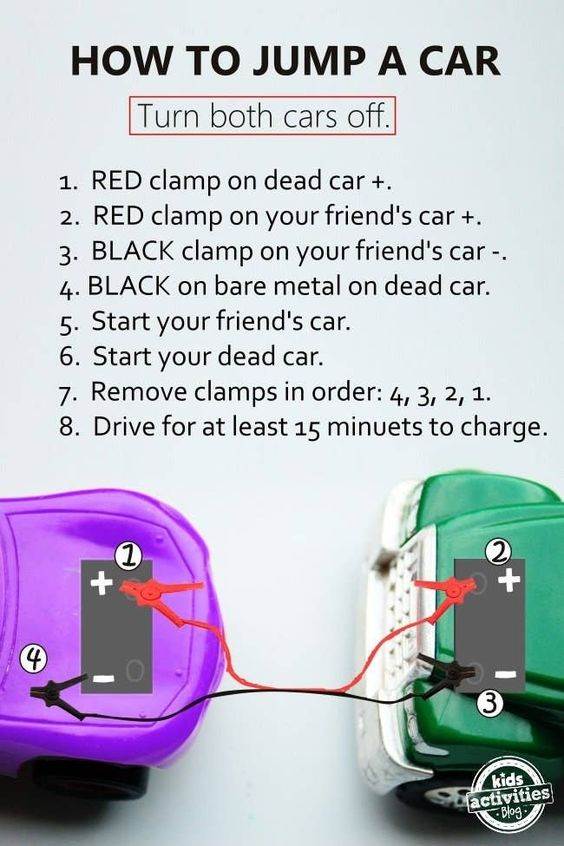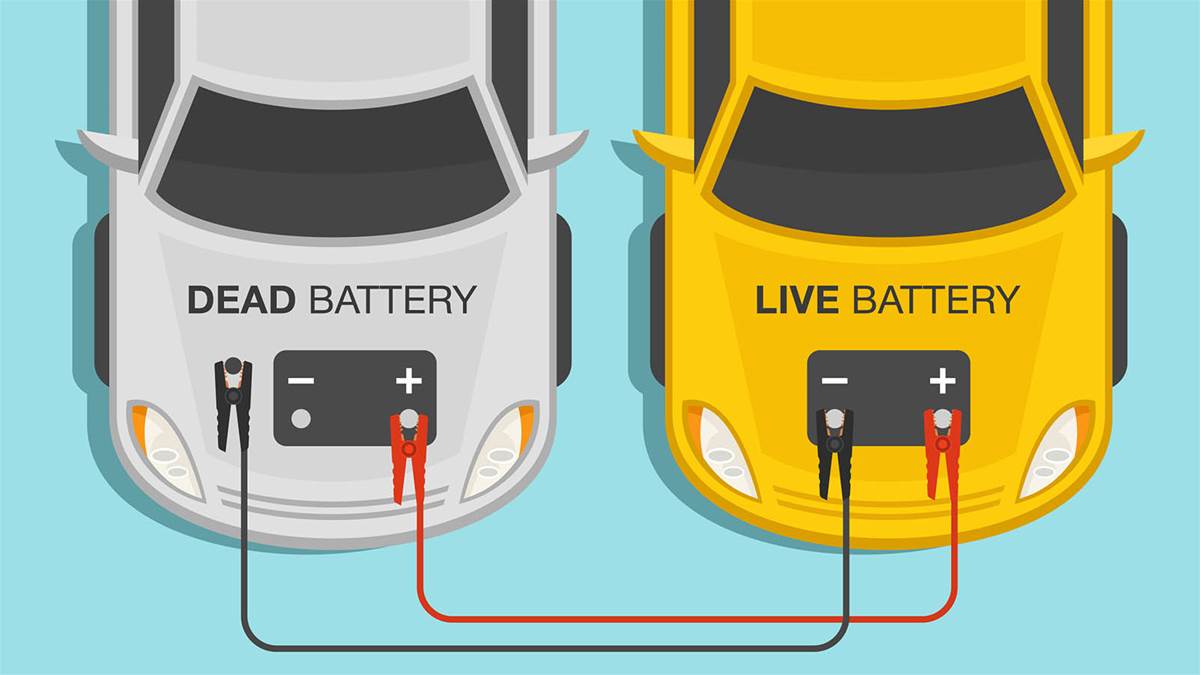

Mastering the Art of Jump-Starting a Car: A Comprehensive Guide
When your car fails to start, knowing how to jump-start it can be a lifesaver. However, the process involves more than just connecting cables—it requires precision and caution to ensure safety and effectiveness. In this guide, we'll walk you through the seven essential steps to jump-starting a car, from preparation to execution.
Preparation and Safety Measures: Setting the Stage for Success
Before you begin, gather a set of jumper cables and ensure both vehicles are parked in a safe location with their engines turned off. It's crucial to turn off all accessories and interior lights to prevent any electrical interference during the jump-starting process.
Additionally, familiarize yourself with the locations of the batteries and terminals on both vehicles.
Connecting the Cables: Establishing the Electrical Connection
Carefully attach the jumper cables, starting with the positive (+) cable. Connect one end of the red cable to the positive terminal of the dead battery, then secure the other end to the positive terminal of the working battery. Next, connect the negative (-) cable to the negative terminal of the working battery and attach the remaining end to a metal part of the car with the dead battery, away from the battery itself.
Energizing the Dead Battery: Reviving Your Vehicle
With the cables properly connected, start the vehicle with the working battery and allow it to run for a few minutes to transfer power to the dead battery. Afterward, attempt to start the car with the dead battery. Be patient, as it may take several minutes for the jump-starting process to take effect.
Disconnecting the Cables: Ensuring Safety and Preventing Damage
Once the dead battery has been successfully jump-started, carefully remove the jumper cables in the reverse order of installation. Start by disconnecting the negative (-) cable from the metal part of the car, followed by the negative (-) and positive (+) cables from the batteries.
Avoid allowing the cable clamps to touch each other or any metal surfaces to prevent sparks.
Post-Jump-Start Procedures: Maintaining Battery Health
After jump-starting your car, it's essential to drive it for at least 30 minutes to allow the battery to recharge fully. This helps prevent future issues and ensures optimal performance. If the jump-start fails or the battery continues to malfunction, it may indicate underlying issues such as corrosion, a faulty alternator, or a dead battery beyond repair.
Conclusion: Expert Assistance for Car Troubles
While jump-starting a car is a valuable skill, some situations may require professional intervention.
If your battery fails to hold a charge or you encounter persistent issues, it's best to seek assistance from experienced mechanics. At Meineke, our certified technicians can diagnose and address any car troubles, ensuring you're back on the road safely and efficiently.
Get Your Vehicle Running with Meineke
If you're facing car troubles, Meineke is here to help. Our skilled mechanics can install a new battery or provide expert repairs to get your vehicle running smoothly again. Contact us or visit a service location near you to schedule an appointment and experience the Meineke difference today.

